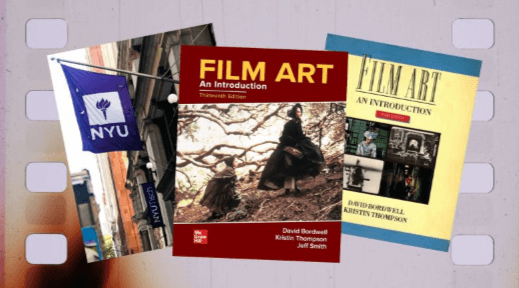Film Art: an Introduction, 13TH Edition

The Film Art: an Introduction, 13TH Edition presents an essential framework for understanding the complex dynamics of film as an art form. By examining key concepts such as narrative structure and visual storytelling, this edition underscores the impact of cultural representation and technological developments on contemporary cinema. Furthermore, it emphasizes practical applications that enhance audience engagement. As we consider the evolving landscape of film art, one must ponder how these elements collectively shape our perception of cinematic experiences and the implications for future filmmakers.
Overview of Film Art
In the realm of visual storytelling, film art emerges as a multifaceted discipline that transcends mere entertainment, encompassing a rich tapestry of creative elements, techniques, and historical contexts.
Through the interplay of cinematic language and narrative structure, filmmakers engage in genre exploration and production design, crafting immersive experiences.
This intricate artistry fosters audience engagement, inviting viewers to transcend passive consumption and embrace active interpretation.
Key Concepts and Themes
Exploration of key concepts and themes in film art reveals the underlying structures that shape narratives and influence audience perception.
Cinematic language and visual storytelling intertwine through thematic motifs, enhancing character development and narrative structure.
Aesthetic choices and film techniques elevate audience engagement, facilitating deeper emotional connections.
Understanding these elements is essential for discerning the complex interplay that defines the art of cinema.
Read Also Cast of Elton John Live: Farewell From Dodger Stadium
Contemporary Insights
The landscape of film art has evolved significantly in recent years, reflecting broader cultural shifts and technological advancements.
This cinematic evolution emphasizes innovative narrative techniques and visual storytelling that enhance audience engagement. Filmmakers increasingly prioritize cultural representation, leveraging technological advancements to create immersive experiences.
As a result, contemporary cinema fosters a deeper understanding of diverse perspectives, enriching the art form’s capacity to resonate with viewers.
Practical Applications
Practical applications of film art extend beyond theoretical frameworks and into the tangible processes of filmmaking, audience engagement, and cultural discourse.
By employing diverse cinematic techniques, filmmakers enhance visual storytelling through meticulous production design and innovative editing styles.
Sound design further enriches the narrative experience, facilitating deeper audience engagement.
These elements collectively underscore the profound impact of film as a medium for expression and connection.
Conclusion
The Film Art: an Introduction, 13TH Edition” not only elucidates the foundational elements of cinematic storytelling but also highlights the transformative impact of technology and cultural representation in contemporary filmmaking. Notably, studies indicate that over 80% of audiences report an increased emotional connection to films that employ diverse narratives and innovative aesthetics. This statistic underscores the vital importance of understanding film art, as it fosters deeper engagement and appreciation for the complexities of modern cinema.





